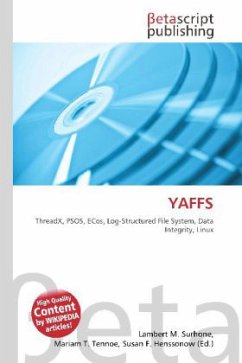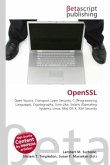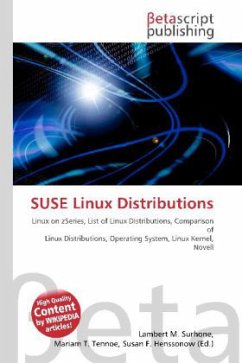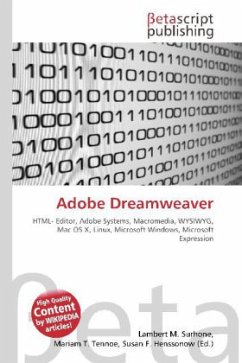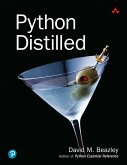Please note that the content of this book primarily consists of articles available from Wikipedia or other free sources online. YAFFS (Yet Another Flash File System) was designed and written by Charles Manning, of Whitecliffs, New Zealand, for the company Aleph One. Yaffs1 is the first version of this file system and works on NAND chips that have 512 byte pages + 16 byte spare (OOB;Out-Of-Band) areas. These older chips also generally allow 2 or 3 write cycles per page, which YAFFS takes advantage of - i.e. dirty pages are marked by writing to a specific spare area byte. Newer NAND flash chips have larger pages, 2048 bytes + 64 bytes spare areas, and stricter write requirements. Each page within a block must be written to in sequential order, and each page must be written only once. YAFFS2 was designed to accommodate these newer chips. YAFFS2 is based on the YAFFS1 source code, with the major difference being that internal structures are not fixed to assume 512 byte sizing, and a block sequence number is placed on each written page. In this way older pages can be logically overwritten without violating the "write once" rule.
Bitte wählen Sie Ihr Anliegen aus.
Rechnungen
Retourenschein anfordern
Bestellstatus
Storno

